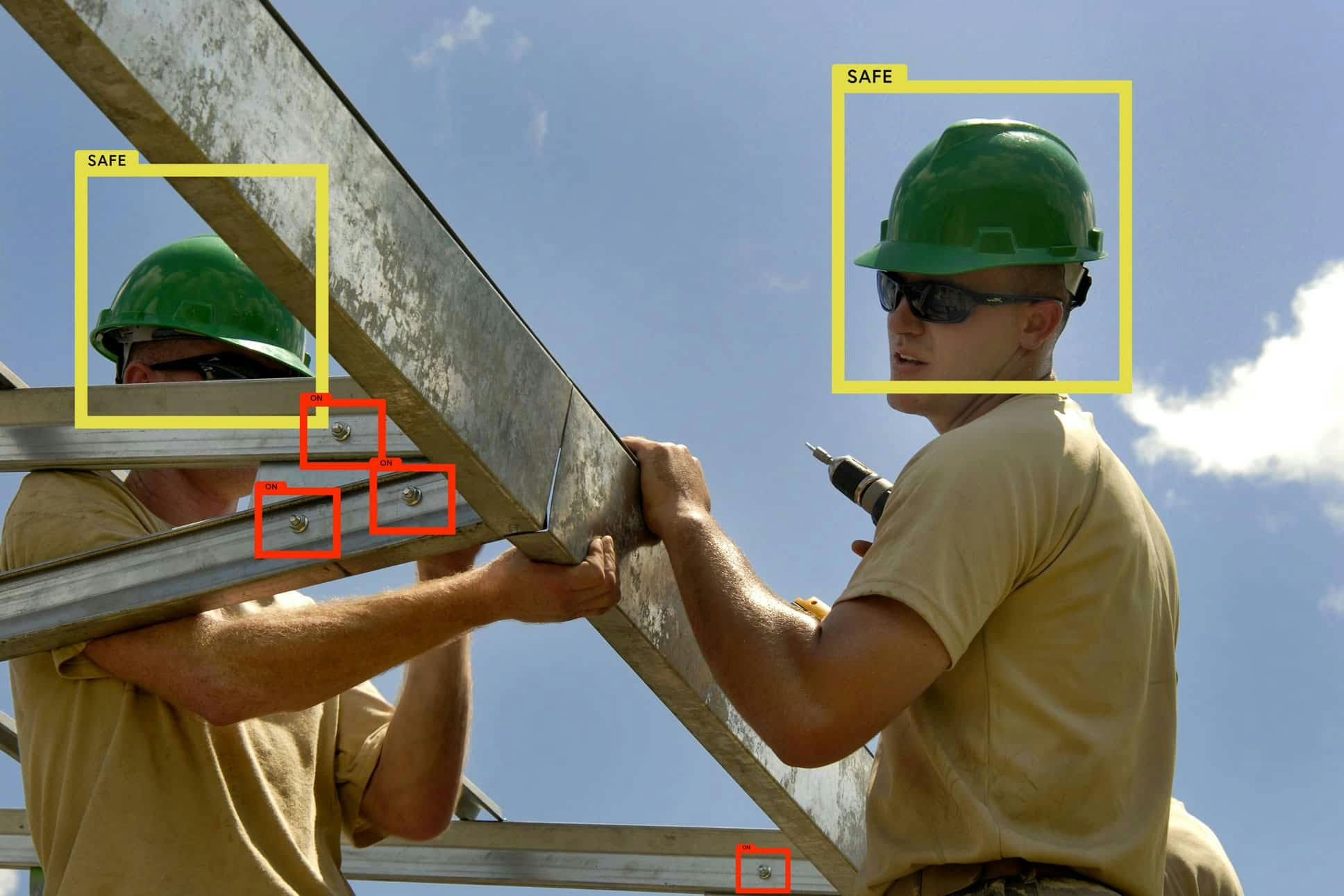« Often misused, the concept of "image identification" is more and more common. By definition, image identification allows to identify and discern the nature of an image or its components. However, it does not specifically correspond to a scientific notion and it lacks precision. »
Image identification, often mistakenly referred to as a distinct concept, is an integral part of the broader field of computer vision. This fascinating technology allows us to interpret and understand images, paving the way for numerous innovative applications across various industries.
The Role of Visual Search in Enhancing Digital Experiences
In the realm of e-commerce, especially in fashion, visual search plays a pivotal role. It enables platforms to offer personalized shopping experiences by suggesting products based on previously viewed items. This is achieved through analyzing the images using colors, shapes, and patterns to generate relevant content suggestions. Consider the example of Google Images: when you upload an image of a red car, the platform offers similar images and directs you to web pages containing that exact image. Another notable tool in this category is TinEye, which specializes in tracing the origin of an image by showcasing the web pages where it appears.
Understanding Image Recognition and Its Capabilities
Moving beyond visual search, image recognition, a subset of computer vision, involves methods for detecting and analyzing images to automate specific tasks. This technology hinges on the power of neural networks trained with annotated databases. These networks can recognize thousands of labels, as seen in platforms like Google Cloud - Vision API and Clarifai. Taking Clarifai as an example, the platform enables searches based on various parameters, including concepts and geolocation. By uploading a Siamese cat image, for instance, it can display a range of similar images, showcasing the effectiveness of its algorithm.
Conclusion
To sum up, while image identification is not a standalone scientific concept, it is crucial within the scope of computer vision, particularly in visual search and image recognition. These technologies are reshaping how we interact with digital content, offering unparalleled levels of engagement and personalization.
Are you intrigued by the potential of computer vision in transforming digital experiences? Learn more about visual search and image recognition today.





